The Relevance of Physical Therapy in Healthcare
Physical therapy plays a significant role in today’s healthcare environment. It’s crucial for managing chronic conditions, recovering from injury, and even preventing future health issues. Besides, it’s a cost-effective treatment that can reduce the need for medication and surgery. Studies have shown that physical therapy can significantly improve patient outcomes and has a positive impact on health-related quality of life.
In the realm of healthcare, Physical Therapy holds a pivotal role. It’s a science-driven, evidence-based profession that takes a ‘whole person’ approach to health and wellbeing. Physical therapists provide care in a variety of settings, including hospitals, private practices, and home health agencies, to people of all ages and health conditions.

They focus on the prevention, amelioration, or remediation of physical impairments and disabilities. This includes promoting mobility, functional ability, quality of life, and movement potential. Physical therapists evaluate, diagnose, and treat individuals who have conditions that limit their ability to move and perform functional activities.
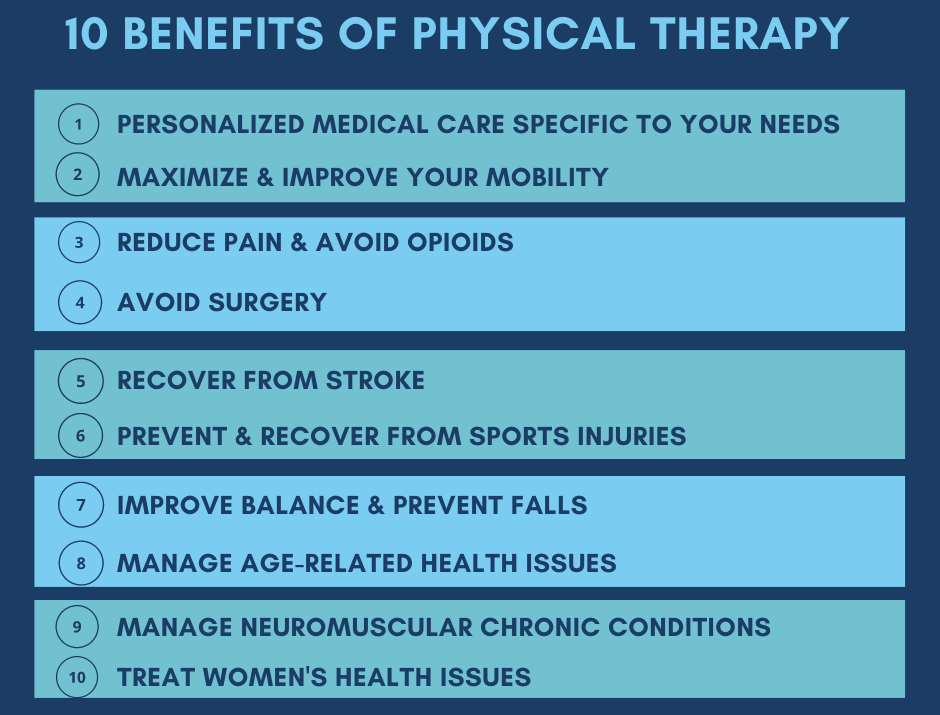
Educational Path to Becoming a Physical Therapist
The journey to becoming a qualified physical therapist begins with a bachelor’s degree in a health-related field. This is usually followed by a Doctor of Physical Therapy (DPT) degree program, which typically takes three years to complete. A DPT program encompasses both classroom instruction and clinical experience. After the DPT program, a residency program lasting 9-36 months is recommended to get advanced training in a specialized area. All states require physical therapists to be licensed, which involves passing the National Physical Therapy Examination. Bureau of Labor Statistics provides comprehensive insights.
Key Skills for a Physical Therapist
Being a successful physical therapist requires more than just academic prowess. Patience, empathy, and physical stamina are crucial. Physical therapists often spend a lot of time on their feet, working with patients who are in pain or struggling to perform certain tasks. Hence, having physical stamina is key. Additionally, they need good interpersonal skills to communicate with patients and their families effectively, as well as analytical skills to diagnose patient’s problems and evaluate treatments.
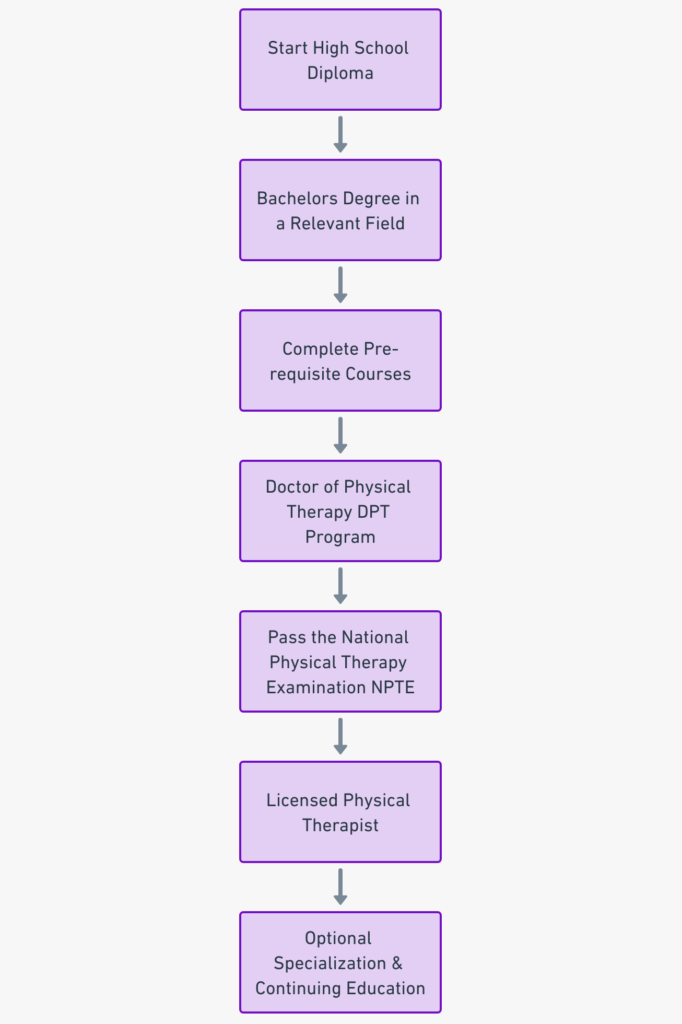
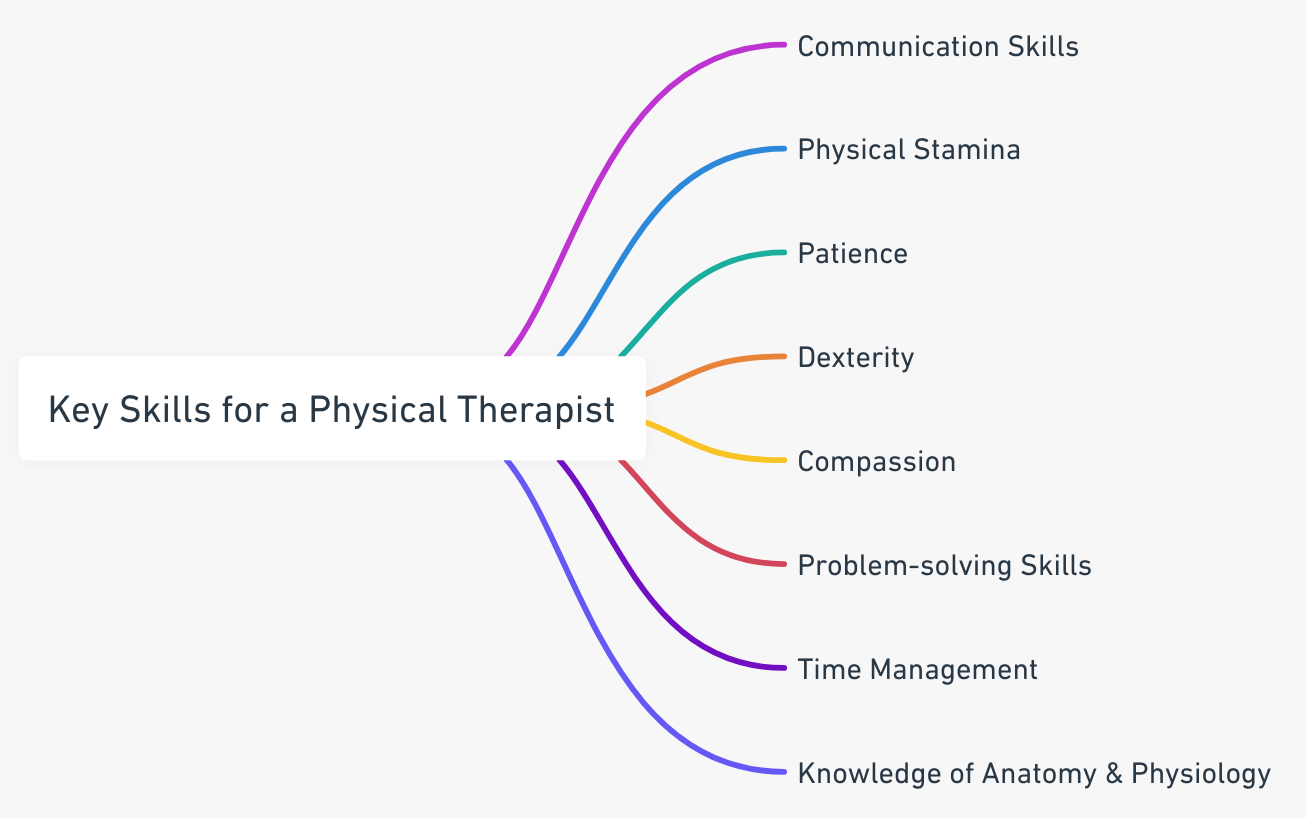
A Comprehensive Understanding of a Physical Therapist’s Role
Physical therapists are highly skilled healthcare professionals, committed to restoring, maintaining, and promoting optimal physical function. They play a pivotal role in the healthcare industry, with their services crucial for patients with functional problems due to injuries, diseases, or aging [source].

Responsibilities of a Physical Therapist
Physical therapists assess patient conditions, develop personalized treatment plans, and use various therapeutic techniques to alleviate pain, improve mobility, and prevent disability. They also provide guidance and education to patients for long-term health and well-being.
Where Physical Therapists Work
Physical therapists can work in a variety of settings, including hospitals, private clinics, outpatient clinics, home health agencies, schools, sports and fitness facilities, work settings, and nursing homes.
In conclusion, the role and responsibilities of a physical therapist are expansive and vital in healthcare. They work in various settings, each presenting unique challenges and rewards. This versatility adds to the appeal of this profession.
The Physical Therapy Process: An Overview
The physical therapy process is a well-defined procedure that aids in the recovery of patients with diverse needs. It typically commences with a comprehensive patient assessment, which is crucial in understanding the patient’s physical condition, pain levels, and overall health. This information forms the basis for creating personalized treatment plans.
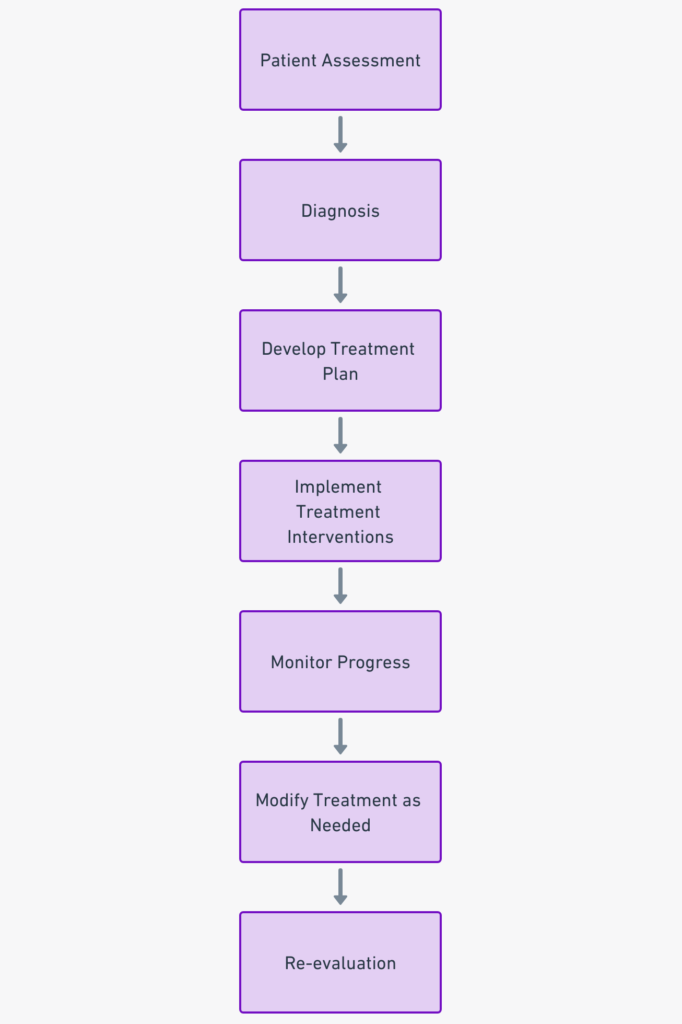
Assessment, Goal Setting, Treatment Planning, and Re-evaluation
The assessment phase is followed by goal setting, where the therapist and patient agree on realistic objectives. The subsequent treatment planning phase involves the formulation of a therapy regimen tailored to the patient’s needs and goals.
Treatment is not static; it evolves with the patient’s progress. Thus, re-evaluation becomes essential. It allows for adjustments to the treatment plan, ensuring the therapy remains effective throughout the recovery period.
Specializations within Physical Therapy
Physical therapy is a vast field with numerous specializations, each catering to a unique set of health conditions and patient demographics. Let’s delve into a few of these specializations to understand what they entail.
- Pediatric Physical Therapy: This specialization focuses on diagnosing, treating, and managing conditions that affect infants, children, and adolescents. Therapists in this field assist in improving motor skills, strength, and balance in young patients.
- Geriatric Physical Therapy: Geriatric therapists work with older adults to alleviate pain, increase mobility, and improve physical function impacted by aging, injury, or illness.
- Orthopedic Physical Therapy: This branch of therapy deals with the musculoskeletal system, helping patients recover from surgeries, injuries, or conditions affecting the bones, muscles, ligaments, or tendons.
- Neurological Physical Therapy: Neurological therapists specialize in treating individuals with neurological disorders or diseases, such as stroke, spinal cord injuries, or Parkinson’s disease.
Each of these specializations encapsulates a crucial aspect of physical therapy, enabling therapists to provide targeted and effective treatment to their patients.
The Impact of Physical Therapy on Patient’s Health
Physical therapy is a crucial aspect of comprehensive healthcare, playing an integral role in enhancing a patient’s overall wellbeing. It provides a multitude of benefits across various health conditions, ranging from chronic pain management to recovery from severe injuries or surgeries.
For instance, patients suffering from chronic lower back pain can experience significant relief through targeted physical therapy exercises, improving mobility and quality of life. Similarly, post-surgery patients, like those recovering from a knee replacement, can expedite their rehabilitation process, regain strength, and reduce pain with the aid of a physical therapist.

Real-life examples further illustrate these benefits. A case study published in the National Center for Biotechnology Information highlights how a 57-year-old woman suffering from chronic lower back pain experienced significant improvement after nine sessions of physical therapy over three weeks. Her pain score reduced from 7 to 2, showcasing how physical therapy can be a powerful tool for pain management.
Recommendation
An illustrative chart detailing various conditions treated through physical therapy and their respective improvement rates would be a valuable addition to enhance the content’s understanding.
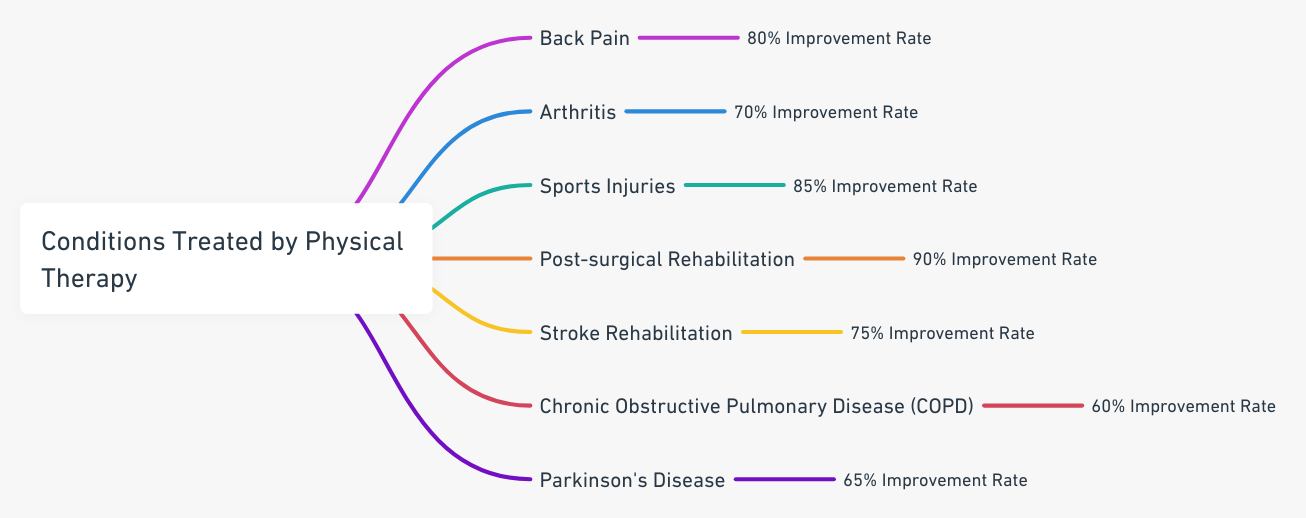
Physical therapists are medical experts who not only help patients recover from various health conditions but also empower them toward a healthier lifestyle.
Challenges and Rewards of Being a Physical Therapist
Physical therapists face a unique set of challenges in their profession. One of the most common issues is the physical demand of the job. Therapists are often on their feet for long periods, assisting patients in their exercises and providing manual therapy. Burnout is another significant challenge due to high patient loads and emotional stressors associated with managing patients’ pain and recovery. Research has indicated a high prevalence of burnout among physical therapists.
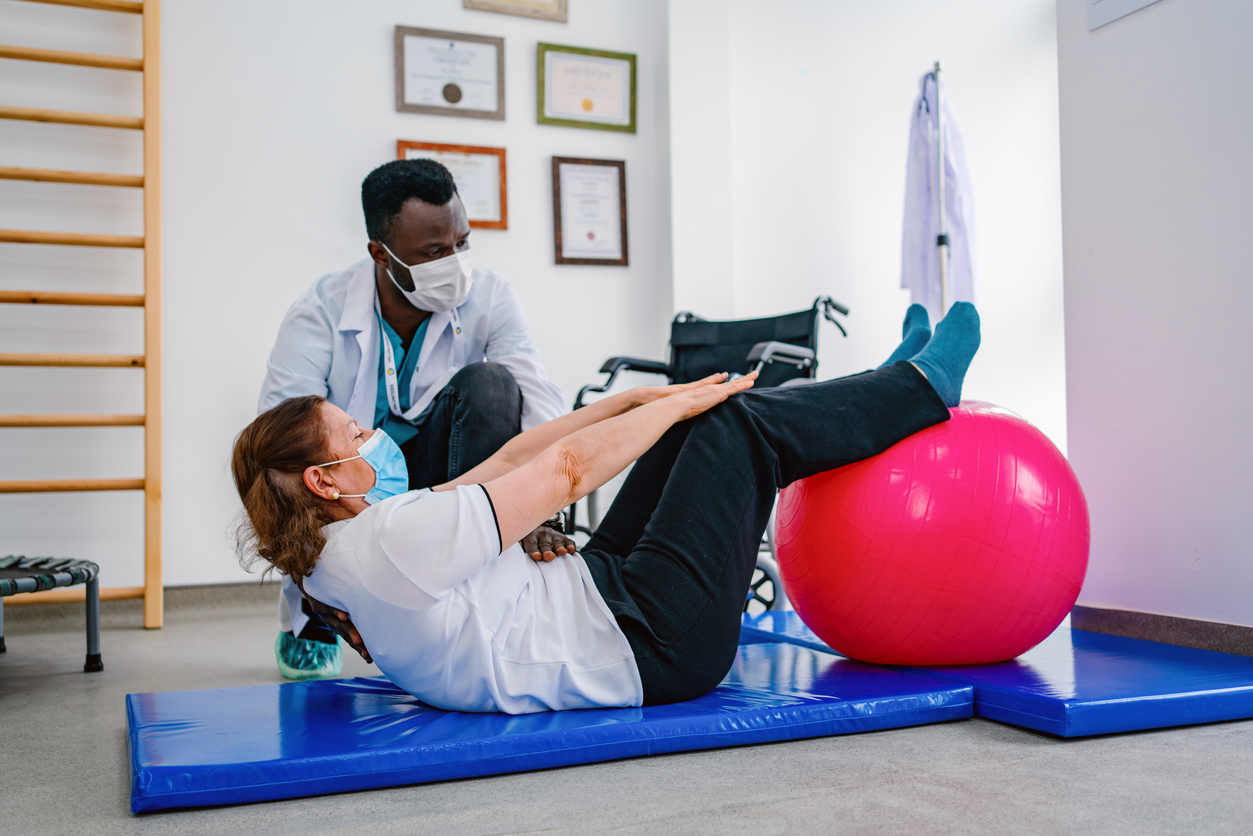
Despite these challenges, the profession is incredibly rewarding.
Physical therapists play a crucial role in improving patients’ quality of life, helping them regain mobility, reduce pain, and return to their regular activities. The satisfaction derived from seeing a patient’s progress and the positive impact on their life is immeasurable. Furthermore, according to the Bureau of Labor Statistics, job prospects in this field are expected to grow faster than average, ensuring job security and a steady income.
The Future of Physical Therapy: A Glimpse into Tomorrow’s Trends
Physical therapy, a vital component of patient recovery and health maintenance, is not immune to the forward march of technology. The profession is evolving, with current trends and future developments shaping the field in transformative ways.
One of the most notable trends is the integration of advanced technology into treatment protocols. For instance, virtual reality (VR) and augmented reality (AR) are increasingly being employed to enhance rehabilitation exercises, providing a more immersive and interactive experience for patients.
Moreover, tele-rehabilitation is another burgeoning development, enabling physical therapists to offer remote consultations and therapy sessions. This trend not only expands access to care but also introduces a new level of convenience for patients.
Looking ahead, technology’s impact on physical therapy is poised to continue, driving innovation and improving patient outcomes. As these technologies mature, they will undoubtedly redefine the landscape of physical therapy and the role of physical therapists.
Physical Therapists: The Architects of Recovery
Physical therapists are health care professionals who diagnose and treat individuals of all ages, from newborns to the very oldest. They help patients improve their mobility and manage their pain, often reducing the need for long-term use of prescription medications and their side effects.
.

Dr. Martha Pyron is a recognized sports medicine physician and the founder of Medicine in Motion, an Austin-based practice specializing in comprehensive medical care for active individuals and athletes. An active contributor to her field, she uses her extensive experience as a former collegiate athlete to aid her patients and develop innovative care strategies. Beyond her clinical practice, Dr. Pyron is known for her involvement in the local athletic community and her commitment to promoting health and fitness.



